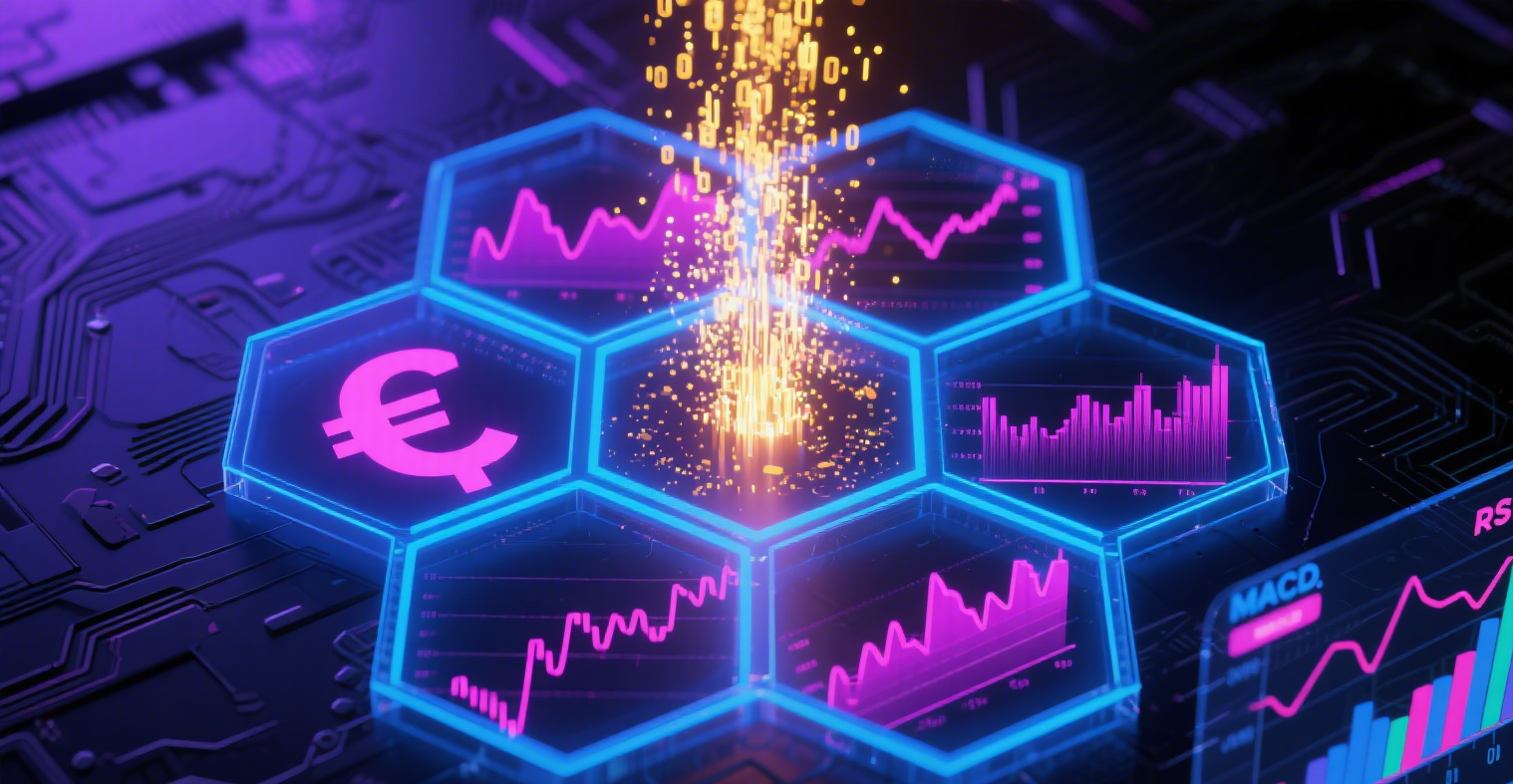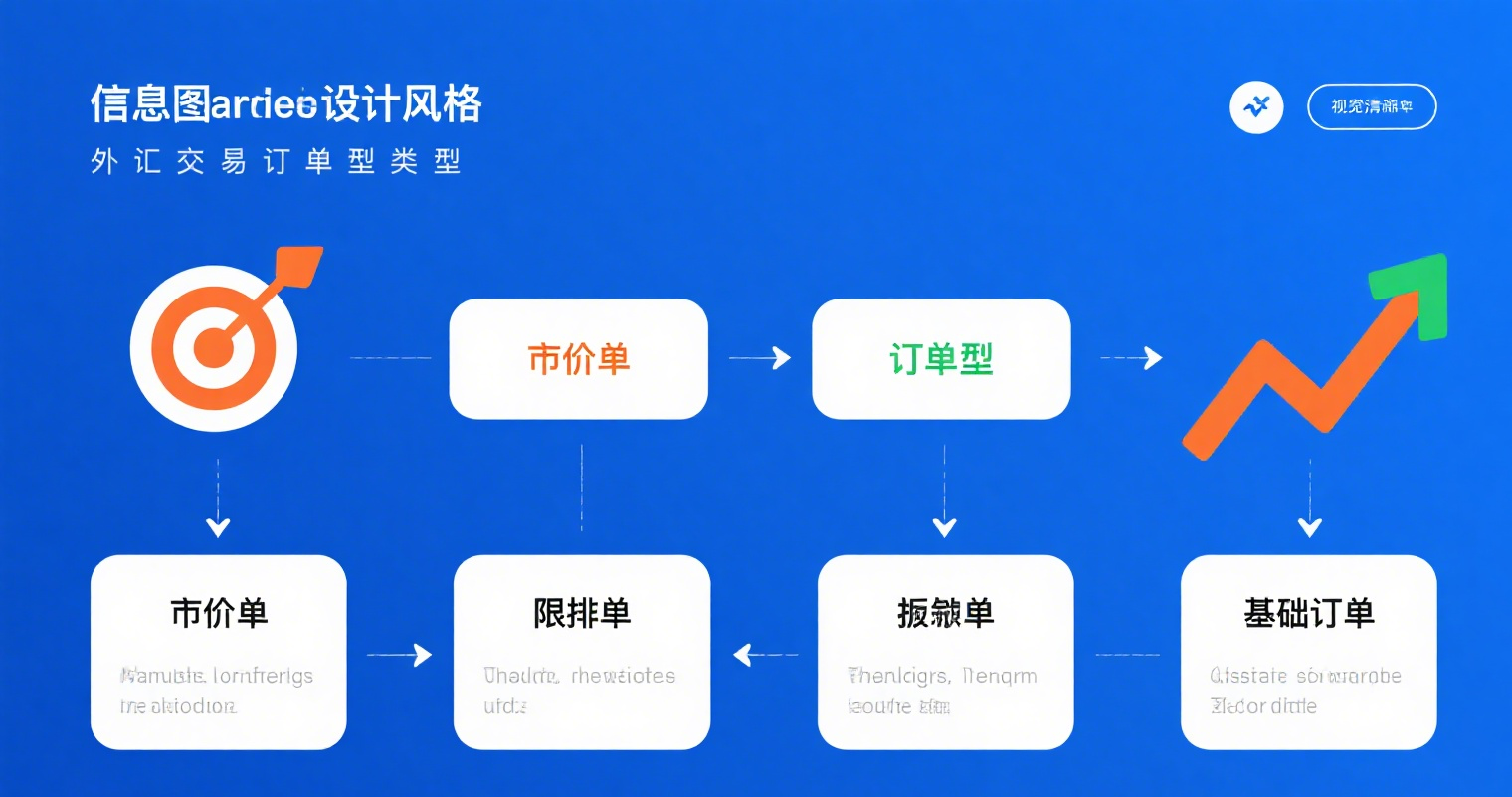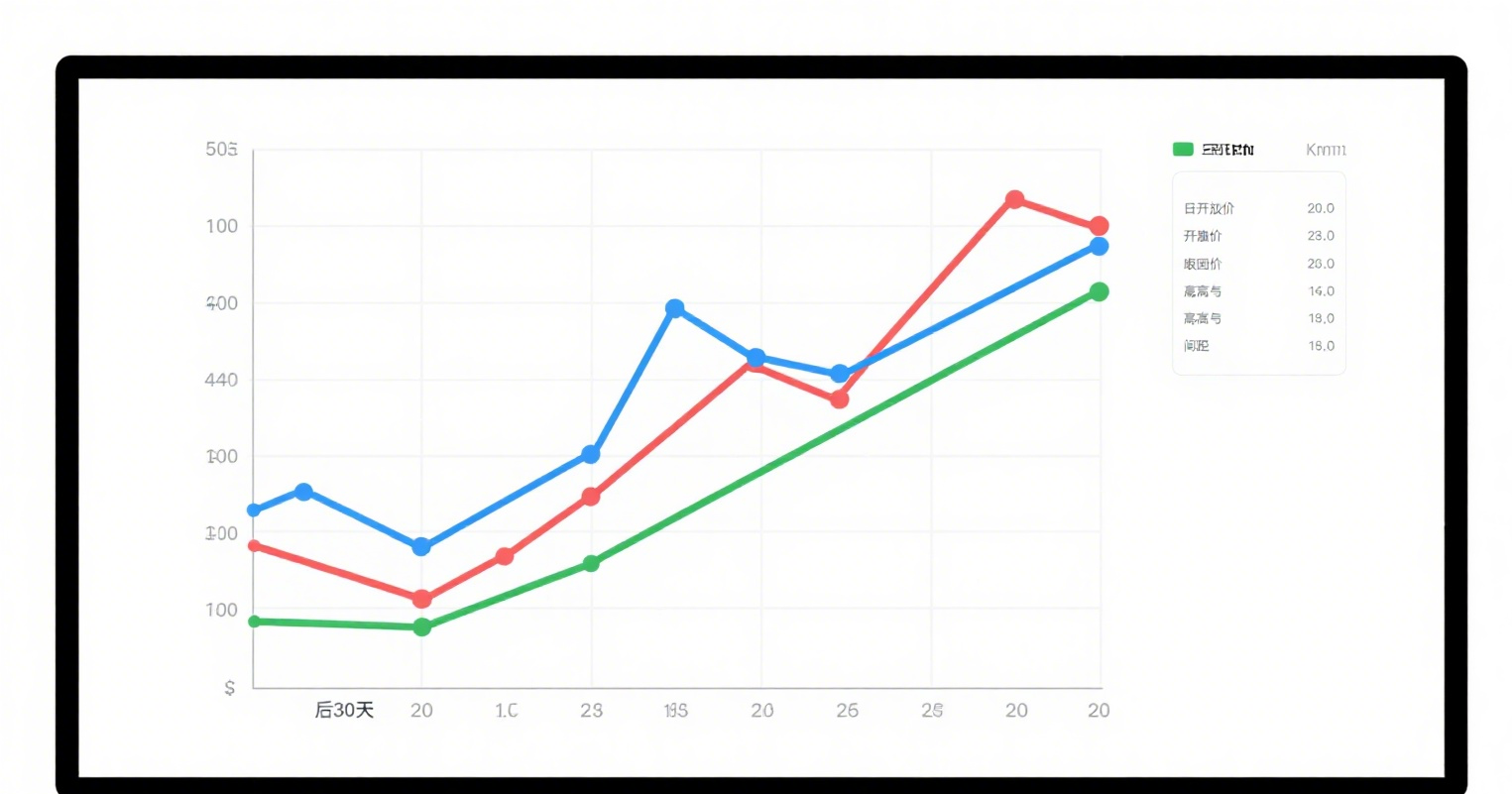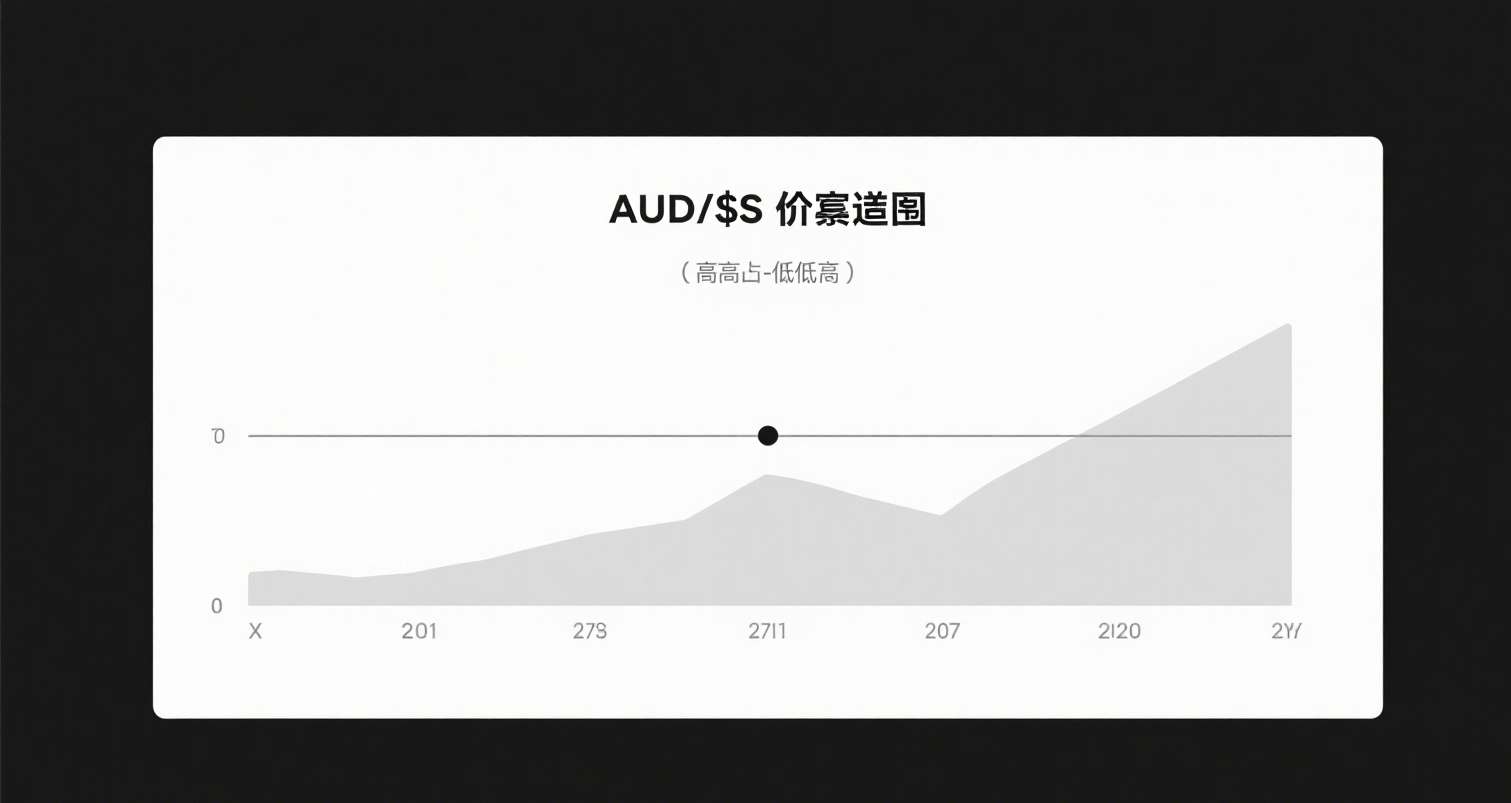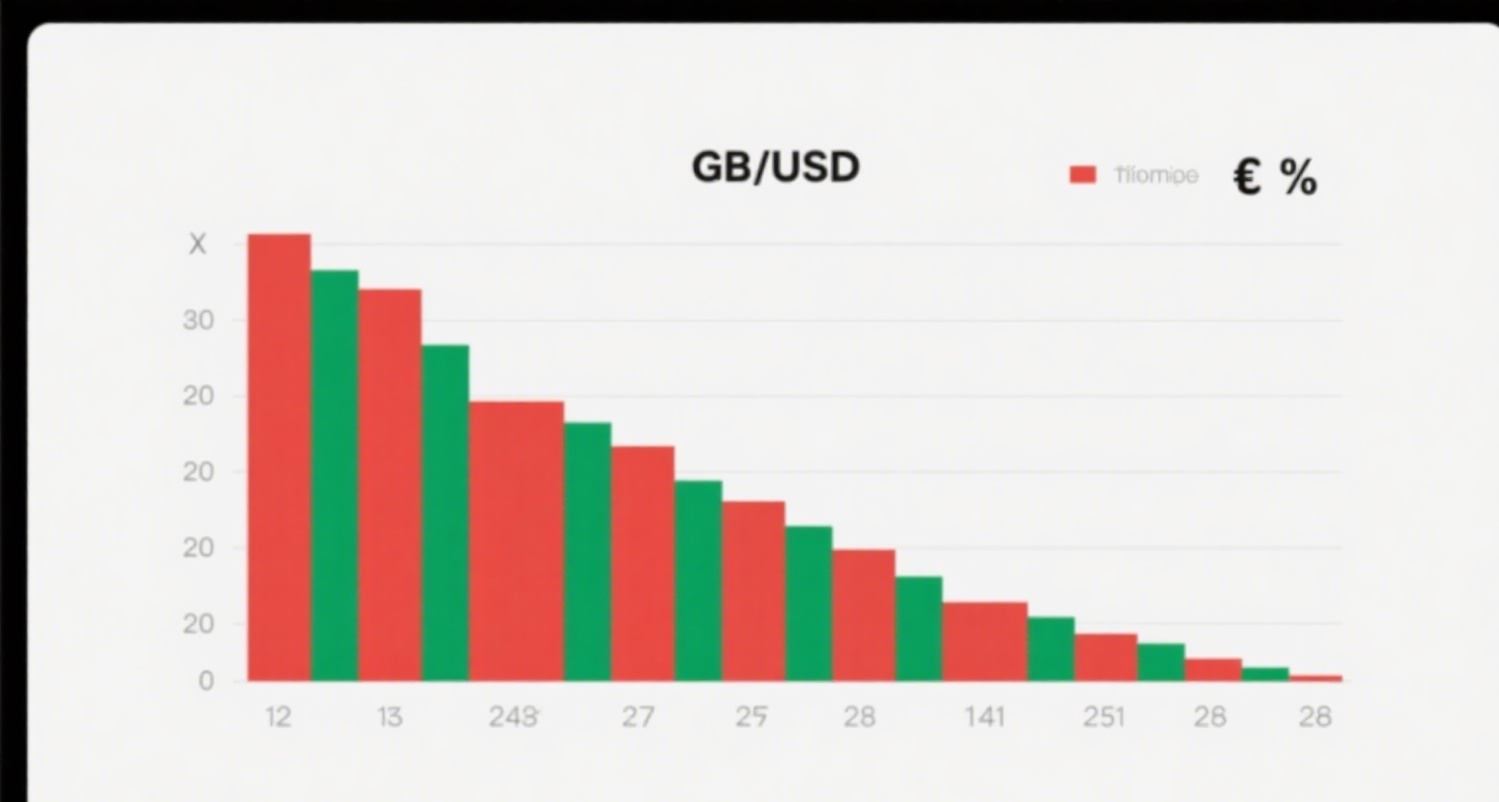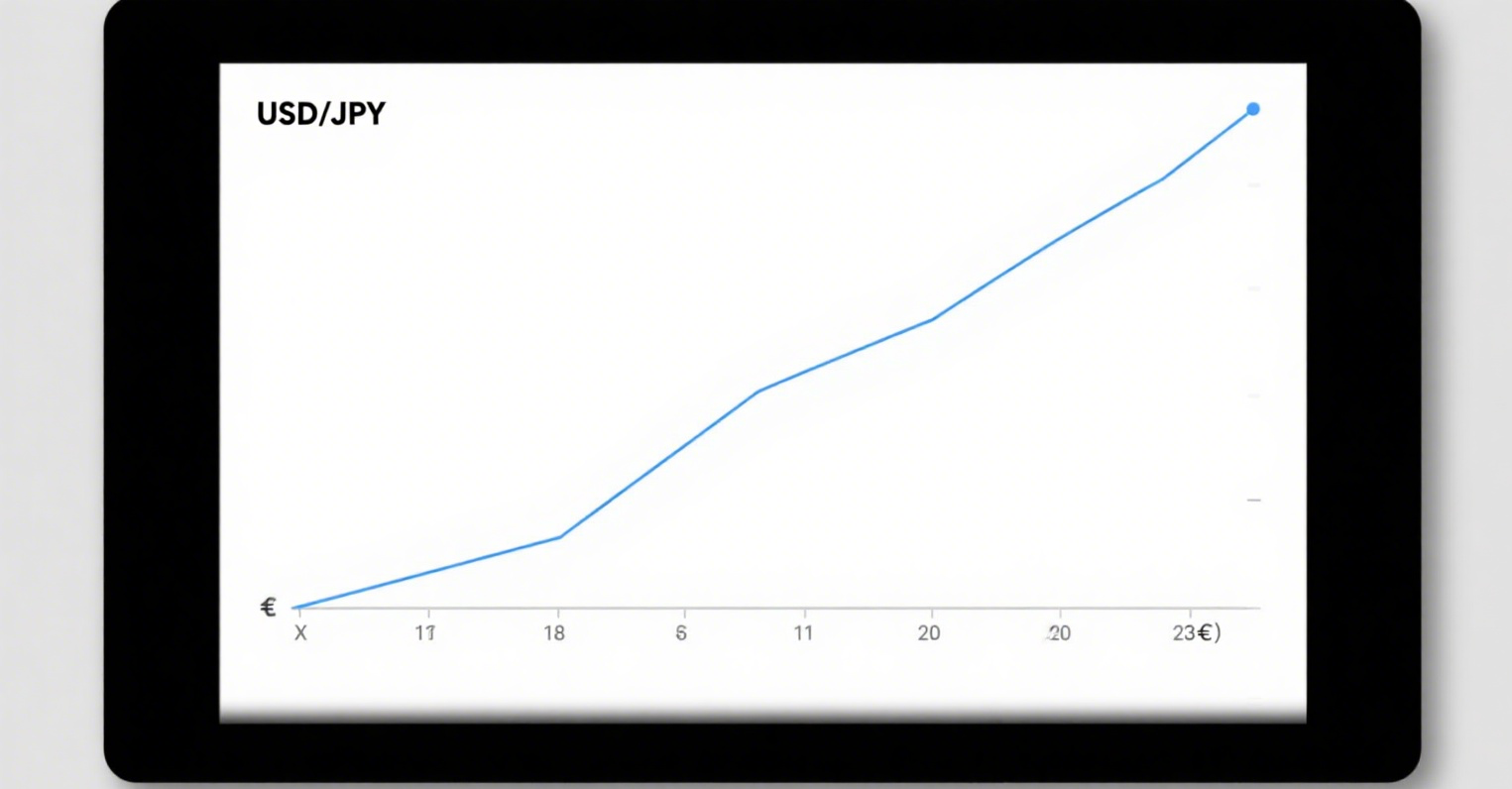
Proof of Burn (PoB)
There are several versions of the Proof of Burn algorithm, and the version proposed by Iain Stewart is likely the most widely recognized in the cryptocurrency space. It is considered a sustainable alternative to the Proof of Work algorithm.
At its core, Proof of Burn appears to be a lower-energy version of Proof of Work. This is because Proof of Burn's block validation does not require extensive computational resources or rely on powerful mining hardware (e.g., ASICs). Instead, as a way to "invest" in the blockchain, cryptocurrency is intentionally destroyed (burned), so candidate miners do not need to invest physical resources. In a Proof of Burn system, miners invest in a virtual mining platform (or virtual mining power).
In other words, by burning cryptocurrency, users can demonstrate their commitment to the network and earn the right to "mine" and validate transactions. Since the process of burning coins represents virtual mining power, the more coins a user burns in the system, the greater their (virtual) computational power, and thus the higher their chance of being selected as the next block validator.
How Does Proof of Burn Work?
Simply put, the burning process involves sending coins to a publicly verifiable address where they can no longer be used. Typically, these addresses are randomly generated and lack private keys. Of course, burning coins reduces market liquidity and creates scarcity, potentially driving up their value. But more importantly, coin burning serves as another way to ensure network security.
One reason Proof of Work blockchains are secure is that miners must invest significant resources to eventually profit. This incentivizes miners to act honestly to protect the network, ensuring their initial investment is not wasted.
The idea is similar with Proof of Burn, but instead of investing electricity, labor, and computational power, a Proof of Burn blockchain ensures security solely by burning coins.
A Proof of Burn system will reward miners with block rewards, and over time, these rewards are expected to cover the initial investment of burned coins.
As mentioned earlier, there are different ways to implement Proof of Burn. Some projects burn Bitcoin, while others burn their own native cryptocurrency to achieve Proof of Burn.
Proof of Burn vs. Proof of Stake
A commonality between Proof of Burn and Proof of Stake is that block validators must commit their cryptocurrency to participate in the consensus mechanism. However, Proof of Stake requires forgers to stake their coins, often locking them up. But if they decide to leave the network, they can withdraw their coins and sell them on the market. Thus, there is no permanent market scarcity, as the coins are only temporarily illiquid. In contrast, Proof of Burn validators must permanently destroy their cryptocurrency, creating permanent economic scarcity.
Pros and Cons of Proof of Burn
The advantages/disadvantages listed below are based on general arguments from Proof of Burn proponents and should not be considered proven facts. These points remain debated and require further testing to confirm their validity.
Pros:
-
High sustainability, reduced energy consumption.
-
No mining hardware required; coin burning uses virtual mining rigs.
-
Burning cryptocurrency reduces circulating supply (market scarcity).
-
Encourages long-term commitment from miners.
-
More decentralized cryptocurrency distribution/mining.
Cons:
-
Proof of Burn is not truly eco-friendly, as the burned Bitcoin is mined via Proof of Work, which requires significant resources.
-
No proven scalability for larger blockchain networks. More testing is needed to confirm efficiency and security.
-
Miner validation work is often delayed. It is not as fast as Proof of Work blockchains.
-
The process of burning cryptocurrency is not always transparent or easily verifiable by average users.







